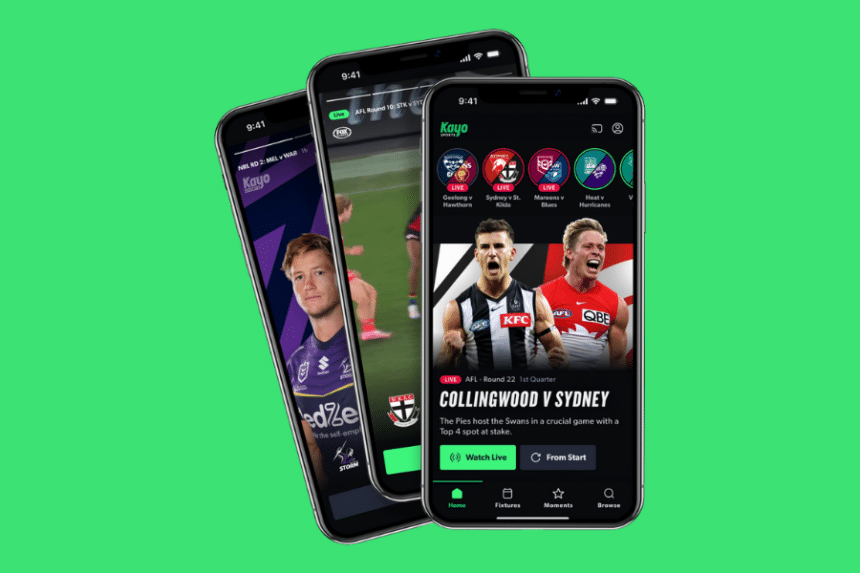In the ever-evolving landscape of sports media, cord-cutting has become the new normal. With subscription fees for services like YouTube TV, FuboTV, and league-specific packages climbing ever higher, fans are often left with a difficult choice: pay up or miss out. Into this high-stakes game stepped Sportsurge, a website that quickly became a go-to, if controversial, destination for millions of viewers seeking free, live access to their favorite games.
But what exactly is Sportsurge, and how did it carve out such a significant niche in the sports world?
What Is Sportsurge?
At its core, Sportsurge is not a streaming service itself. Instead, it operates as a meticulously organized streaming aggregator. Think of it as a digital directory or a curated list. The website’s primary function is to provide a clean, user-friendly interface that compiles links to free live streams hosted on various third-party platforms.
On any given game day, a visit to Sportsurge would present you with a schedule of all major sporting events—from the NBA and NFL to UFC fights and international soccer. Clicking on a specific event would reveal a list of links, often with viewer ratings and comments, allowing users to find a stable, high-quality stream without the clutter and danger of scouring the darker corners of the internet.
The Allure: Why Did Fans Flock to It?
The appeal of Sportsurge was undeniable and multifaceted:
- Cost: It’s Free: This is the most significant factor.
- Comprehensive Access: You weren’t limited by regional blackouts or exclusive broadcasting rights. This was a godsend for fans living outside their favorite team’s market or for those who followed international leagues.
- Convenience and Consolidation: Instead of juggling multiple apps and subscriptions, Sportsurge was a one-stop shop. It centralized content from the NFL, NBA, MLB, NHL, Premier League, and more into a single, simple calendar.
- Community-Driven Quality: The user rating system for each link created a self-policing environment. Poor-quality or malicious links were quickly downvoted, while reliable streams rose to the top, creating a surprisingly effective quality-control mechanism.
The Legal Gray Area and The Cat-and-Mouse Game
It’s crucial to understand that Sportsurge operated in a significant legal gray area. The streams it linked to were unauthorized rebroadcasts of copyrighted content. This meant that while using the site wasn’t necessarily illegal for the end-user in some jurisdictions, the act of distributing the content certainly was.
This placed Sportsurge and sites like it in a perpetual game of cat-and-mouse with sports leagues, broadcasters, and law enforcement. The primary weapon in this fight has been domain seizure and shutdowns. Authorities, often led by organizations like the NFL, have successfully taken down the main Sportsurge domain multiple times.
This led to the other defining characteristic of the Sportsurge ecosystem: its fluid nature. When the main domain (like Sportsurge.net) was seized, the community would simply migrate to a new, mirror domain (like Sportsurge.club or .io), often announced through their social media channels or other community hubs. This resilience made it a persistent, if constantly moving, target.
The Legacy and The Future
The original Sportsurge network has faced immense pressure, and its exact domains come and go. However, its legacy is profound. It demonstrated the massive consumer demand for a more flexible, affordable, and comprehensive way to watch sports. It forced the industry to look at its own models, arguably accelerating the move towards more direct-to-consumer offerings from the leagues themselves.
While the specific website “Sportsurge” may not be the stable entity it once was, the model it perfected lives on. A new generation of aggregator sites has risen in its place, following the same blueprint. For the modern fan, the trade-off remains: free, all-access convenience versus the ethical and legal concerns of piracy, the risk of invasive ads and malware, and the unreliable nature of the streams themselves.
The story of Sportsurge is more than just a tale of a piracy website; it’s a symptom of a broader shift in media consumption. It highlights a clear message from fans to the sports industry: provide accessible and reasonably priced access, or a segment of your audience will find another way to watch the game.

